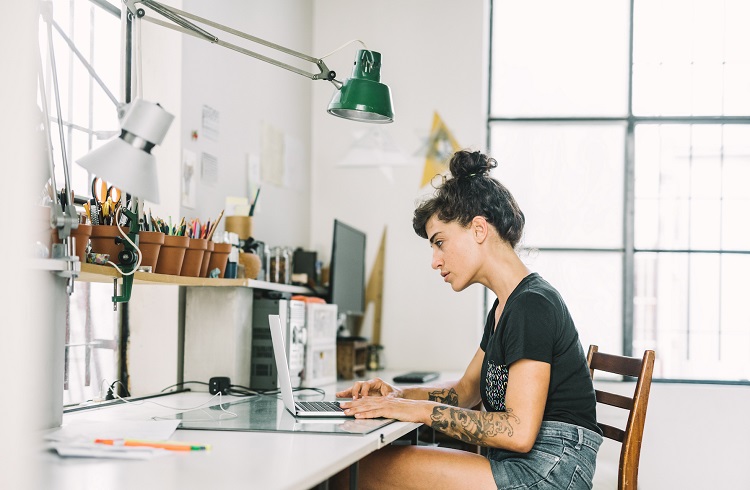If you’re running a small business in the UK, you’ve probably heard about small business rate relief (SBRR). It’s a scheme designed to help smaller businesses reduce their business rates, and honestly, it can be a bit of a lifesaver if you’re trying to keep costs down. But how do you apply for it? And are you even eligible? Let’s break it all down in a way that’s easy to follow, so you can get the relief you’re entitled to without the headache.
What is Small Business Rate Relief?
First things first, what exactly is small business rate relief? Well, it’s a government scheme that reduces the amount of business rates you need to pay if you’re running a small business. Business rates are essentially a tax on non-domestic properties, like shops, offices, or warehouses. For small businesses, these rates can feel like a heavy burden, so the relief is there to lighten the load.
The good news is that if your business qualifies, you could get a significant reduction—or even pay nothing at all. But, of course, there are rules and criteria you’ll need to meet. Let’s get into the nitty-gritty.
Are You Eligible for Small Business Rate Relief?
Before you start filling out forms, you’ll want to check if your business is eligible. The rules can vary slightly depending on where you are in the UK (England, Scotland, Wales, or Northern Ireland), but here’s the general gist:
- Property Rateable Value: In England, if your property’s rateable value is less than £15,000, you could qualify for relief. The lower the rateable value, the more relief you’ll get. For example, if your property’s rateable value is £12,000 or less, you might not have to pay any business rates at all.
- Multiple Properties: If you own or rent more than one property, things get a bit trickier. Generally, you can only get relief on one property, and it’s usually the one with the highest rateable value. There are exceptions, though, so it’s worth checking the specifics for your situation.
- Type of Business: Most small businesses are eligible, but there are a few exceptions. For instance, if your business is a post office, you might qualify for additional relief. On the other hand, certain types of properties, like casinos or betting shops, might not be eligible.
- Location: As mentioned earlier, the rules can vary depending on where your business is based. For example, in Scotland, the threshold for rateable value is slightly different, and there are additional relief schemes available.
If you’re unsure about your eligibility, you can always contact your local council or check the government’s official guidance for more details.
How to Apply for Small Business Rate Relief
Now that you’ve checked your eligibility, let’s talk about how to actually apply. The process isn’t too complicated, but it’s important to get it right to avoid delays.
- Contact Your Local Council: The first step is to get in touch with your local council. They’re the ones who handle business rates and relief applications. You can usually find their contact details on their website or by doing a quick online search.
- Provide the Necessary Information: Your council will likely ask for some details about your business, such as your rateable value, the type of business you run, and whether you own or rent the property. Make sure you have all this information ready to speed up the process.
- Wait for Confirmation: Once you’ve submitted your application, your council will review it and let you know if you’ve been approved. This can take a few weeks, so be patient. If you’re approved, the relief will usually be applied automatically to your business rates bill.
- Check Your Bill: After you’ve been approved, double-check your next business rates bill to make sure the relief has been applied correctly. If something doesn’t look right, don’t hesitate to contact your council to sort it out.
Tips for Maximising Your Relief
While the application process is fairly straightforward, there are a few things you can do to make sure you’re getting the most out of your small business rate relief:
- Check Your Rateable Value: If you think your property’s rateable value is too high, you can challenge it. This is known as a “rateable value appeal,” and if successful, it could lower your business rates and increase your relief.
- Look for Additional Relief Schemes: Depending on where your business is located, there might be other relief schemes available. For example, in some areas, there are specific reliefs for businesses in rural areas or those affected by natural disasters.
- Keep Your Details Up to Date: If your business circumstances change—like if you move to a new property or your rateable value changes—make sure you let your council know. This will ensure you continue to receive the correct amount of relief.
- Seek Professional Advice: If you’re unsure about any part of the process, it might be worth consulting a business rates expert or accountant. They can help you navigate the system and make sure you’re not missing out on any savings.
What If You’re Not Eligible?
If you don’t qualify for SBRR, there are other ways to reduce your business rates, such as:
- Rural Rate Relief (for businesses in designated rural areas)
- Charitable Rate Relief (if you run a charity or non-profit)
- Enterprise Zone Relief (if your business is in a designated enterprise zone)
- Hardship Relief (for businesses struggling with payments due to exceptional circumstances)



